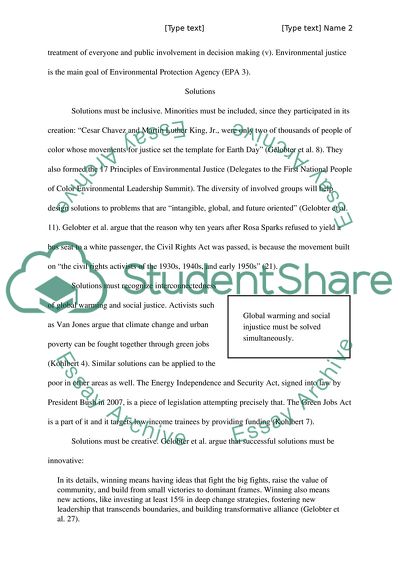Cite this document
(Interim Guidance on Considering Environmental Justice Assignment, n.d.)
Interim Guidance on Considering Environmental Justice Assignment. Retrieved from https://studentshare.org/law/1769785-writing-a-memo
Interim Guidance on Considering Environmental Justice Assignment. Retrieved from https://studentshare.org/law/1769785-writing-a-memo
(Interim Guidance on Considering Environmental Justice Assignment)
Interim Guidance on Considering Environmental Justice Assignment. https://studentshare.org/law/1769785-writing-a-memo.
Interim Guidance on Considering Environmental Justice Assignment. https://studentshare.org/law/1769785-writing-a-memo.
“Interim Guidance on Considering Environmental Justice Assignment”, n.d. https://studentshare.org/law/1769785-writing-a-memo.


